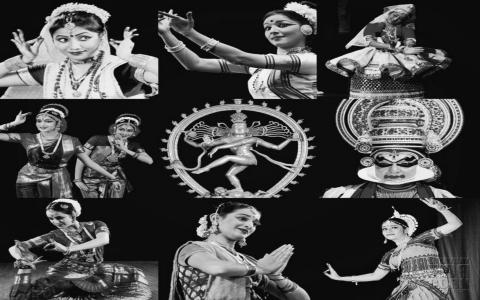
Kālidāsa and Other Arts
From his works, it is clear that Kālidāsa had extensive knowledge of dance, music and painting. His knowledge of dance can be estimated from his play Mālavikāgnimitram. At the very beginning, he makes his famous remark about the stage.
नाट्यं भिन्नरुचेर्जनस्य बहुधाप्येकं समाराधनम् |The stage is a one-stop entertainment solution for people of varied tastes and orientations.
Elsewhere in the same play, we get to know his...

As noted earlier, Kālidāsa has been the greatest yet most graceful exponent of Indian values. He has upheld the highest values of our tradition at the individual, societal and universal levels. He advocates an austere but aggressive pursuit of prosperity. Likewise, he advocates a moral but intense pursuit of desires. It is summed up in one verse describing how King Dilīpa was.
जुगोपात्मानमत्रस्तो
भेजे धर्ममनातुरः |
अगृध्नुराददे सोऽर्थम्
असक्तः...
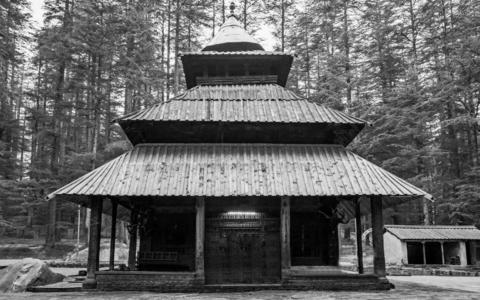
Kālidāsa has probably provided us with the finest pictures of the pure life led by sages in hermitages. It is among the many things that he has pioneered. From his description of life in hermitages, it is clear that a sage is one who is more humane than most humans. It is because of this that he becomes divine in the larger sense. It is not as if he has no concerns; it is just that he is concerned about everything around him. And it is not as if...
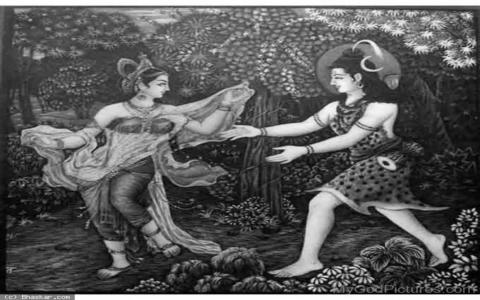
Kumārasambhavam
The epic opens with a magnificent hyperbole describing the great Himalayan mountains:
स्थितः पृथिव्या इव मानदण्डः ||The Himalayas is like a great measuring scale used to measure the earth.
The narrative then moves to describing his daughter Pārvatī. We can look at a few descriptions of Pārvatī.
प्रभामहत्या शिखयेव दीपस्-
त्रिमार्गयेव त्रिदिवस्य मार्गः |
संस्कारवत्येव गिरा मनीषी
तया स पूतश्च विभूषितश्च ||The Himalayas was both...

Kālidāsa is known as the master of similes. The Sanskrit tradition has proclaimed it as ‘Upamā Kālidāsasya.’ The variety, depth and appropriateness of his similes remains unsurpassed to this day. A study of his similes is itself an education in many branches of knowledge. Instead of confining ourselves strictly to the similes, we can look at the superset called sādṛṣyamūlālaṅkāra. Dṛṣṭānta (Analogy) and atiśayokti (hyperbole) also fall into the...
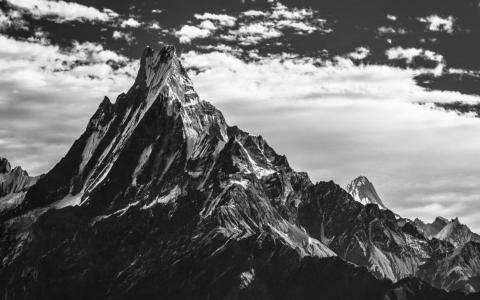
Perhaps there is no other poet in Sanskrit or any other Indian language who has described the mythology, knowledge, geography, flora and fauna of our country in such vivid and intimate detail as Kālidāsa has. This is the primary reason why he should be our national poet. For him, no place was just a mass of land; no river just a mass of water; no city just a mass of people; and no Indian value just a thought. This can be seen from many...

5. Mālavikāgnimitram
This is probably Kālidāsa’s first drama. This is proved by the first few verses in this drama, where he salutes earlier poets and humbly draws the attention of the audience to himself. The story is quite simple. The princess of Vidarbha, Mālavika, while on her way to King Agnimitra, gets lost in the forest because of an accident. The chief of the forest outpost finds her and assigns her to the services of the queen’s palace...
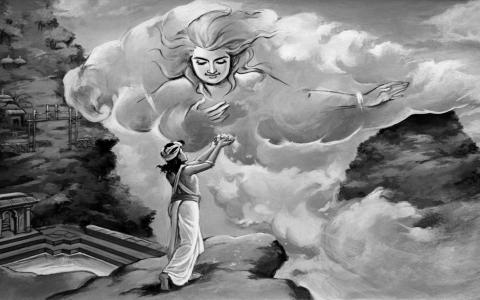
There are many works in Sanskrit claiming Kālidāsa to be their author. However, after critical analysis, scholars are unanimous in crediting seven works to Kālidāsa. We can take a brief look at each one of them.
1. Ṛtusaṃhāram
This is a small work describing the six seasons – grīṣma (summer), varṣā (monsoon), śarat (autumn), hemanta (pre-winter), śiśira (winter), and vasanta (spring). The features of each of the seasons are described in detail...
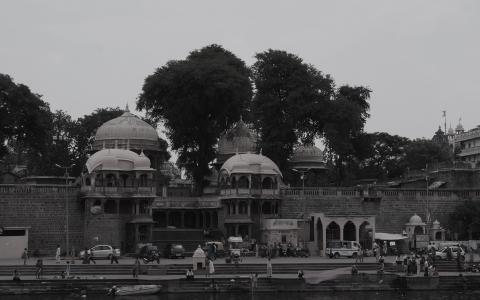
India is home to a unique and vibrant civilization. It is unique for being the only ancient civilization to have survived the test of time. The ancient Egyptian, Mesopotamian, and Assyrian cultures are only of academic interest today. Even the not-so-ancient Greek civilization has been wiped out clean from its homeland. But the Vedic civilization of India, which has its origins in the Sindhu-Saraswati river basins, is very much alive today. This...
